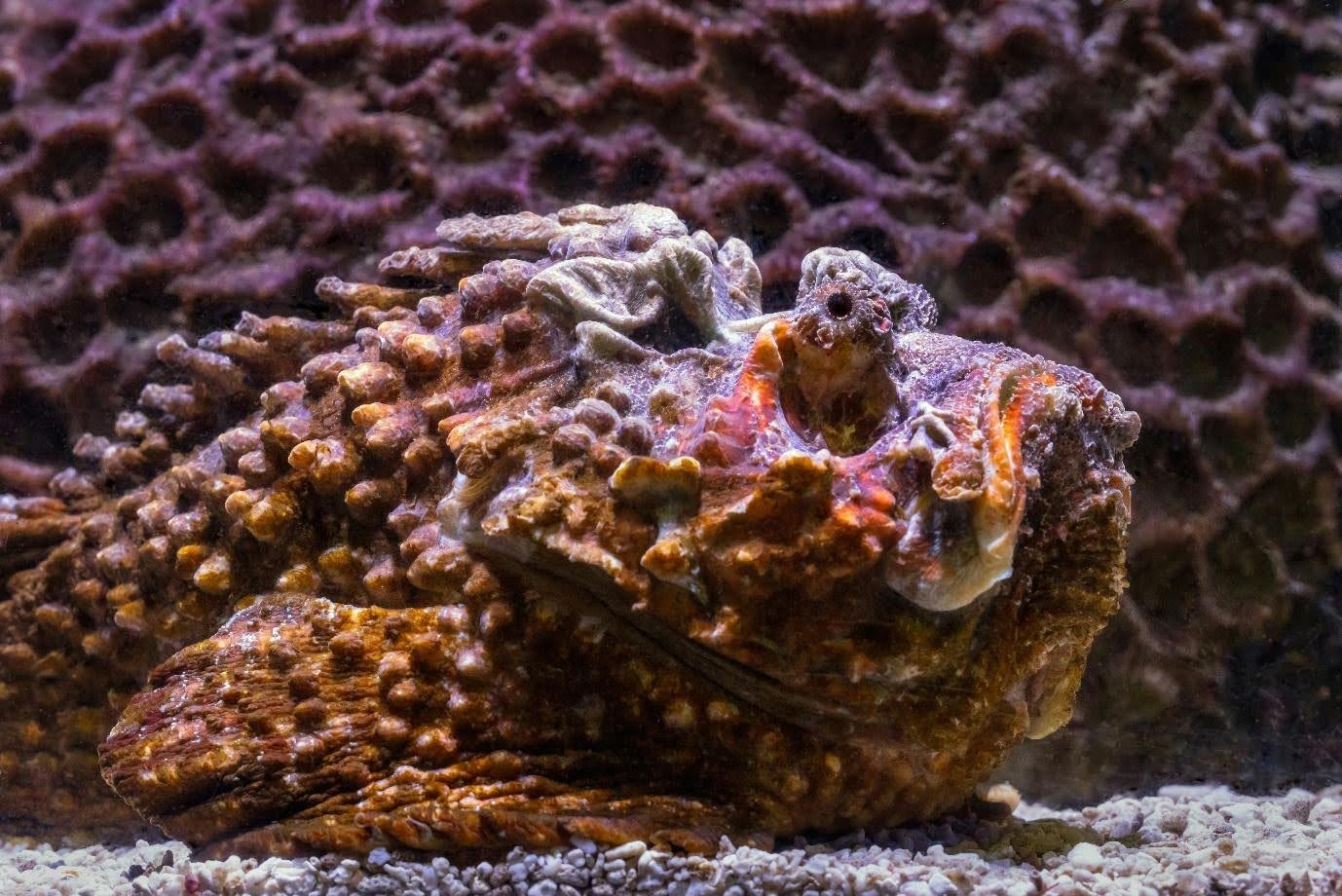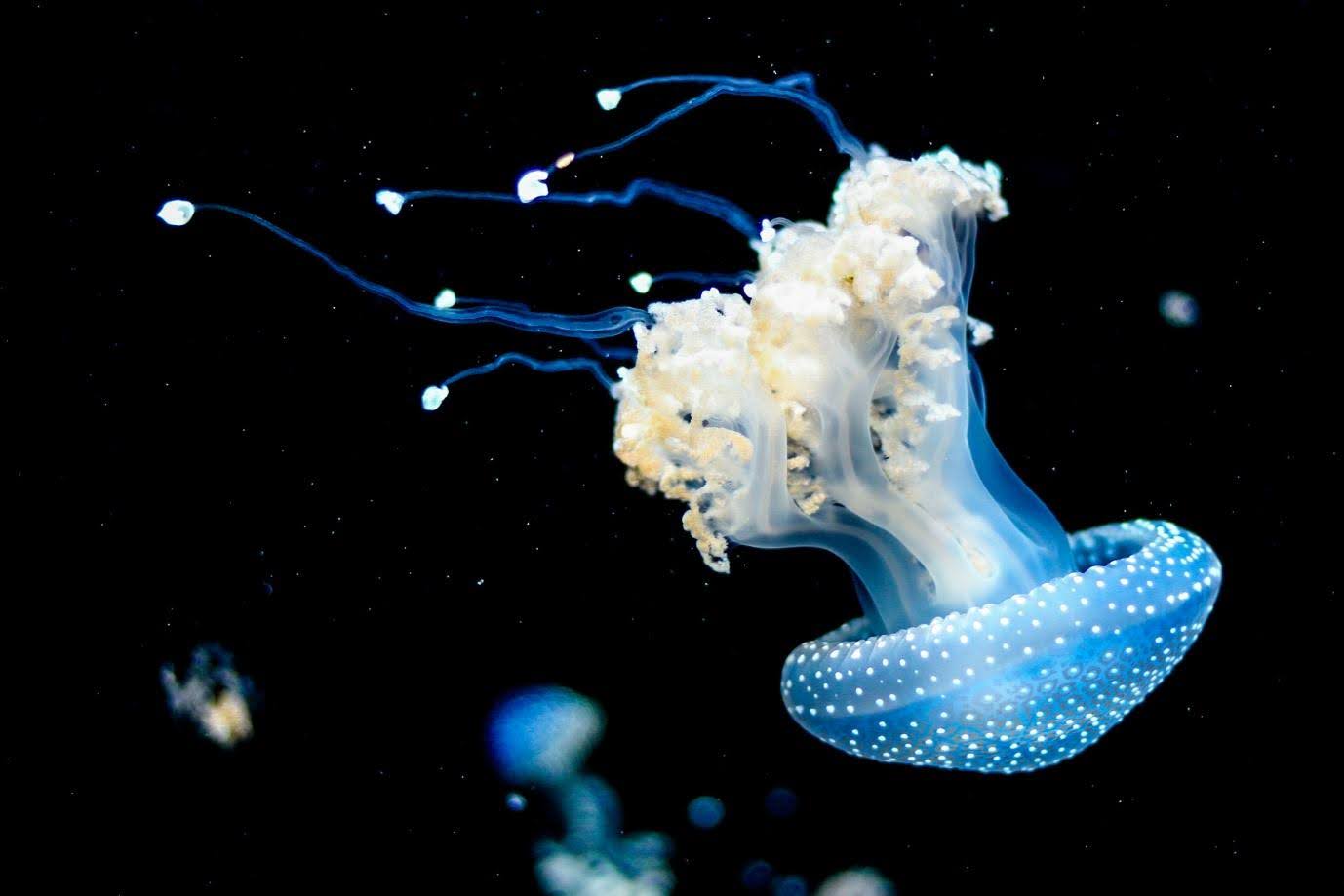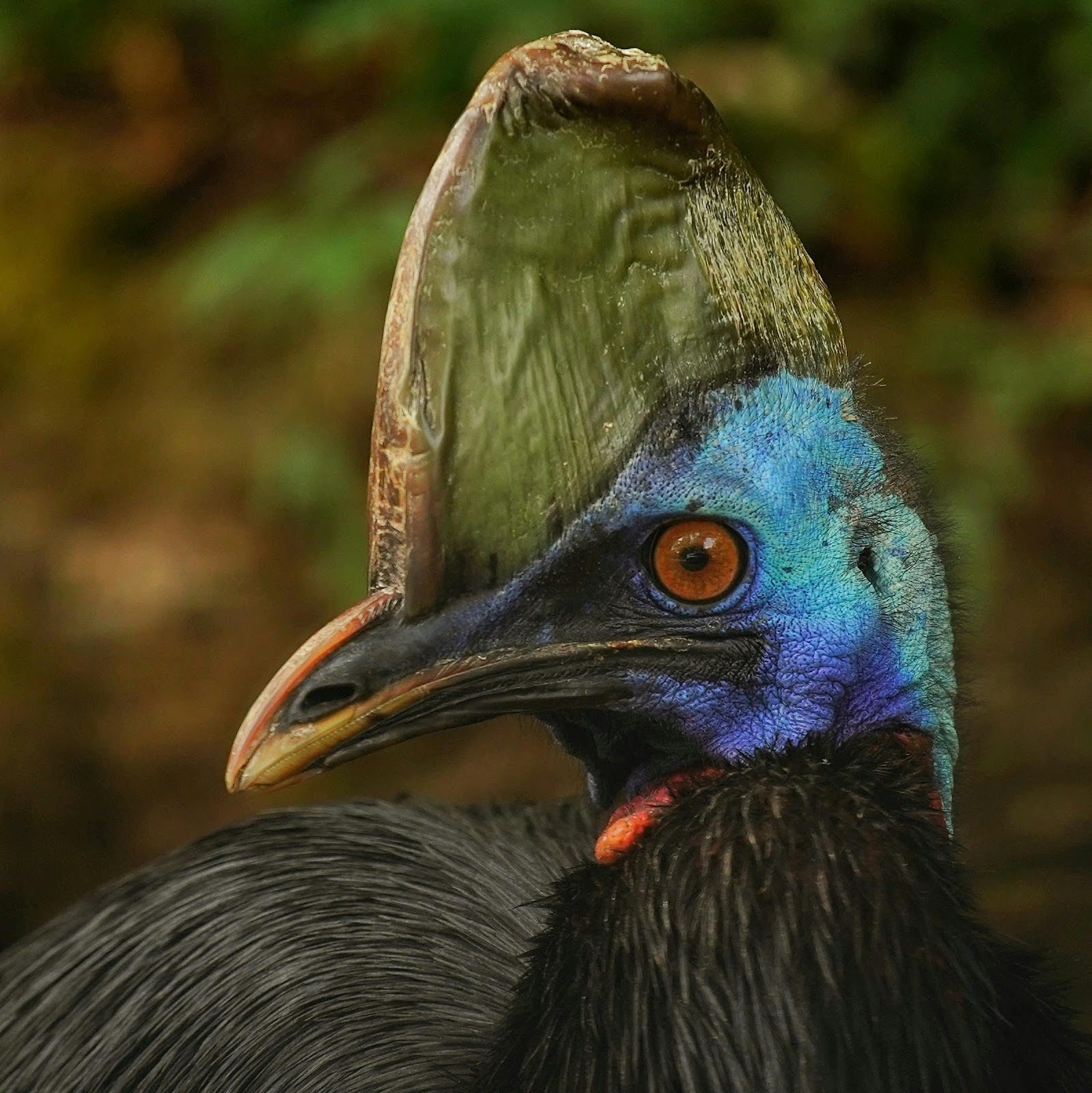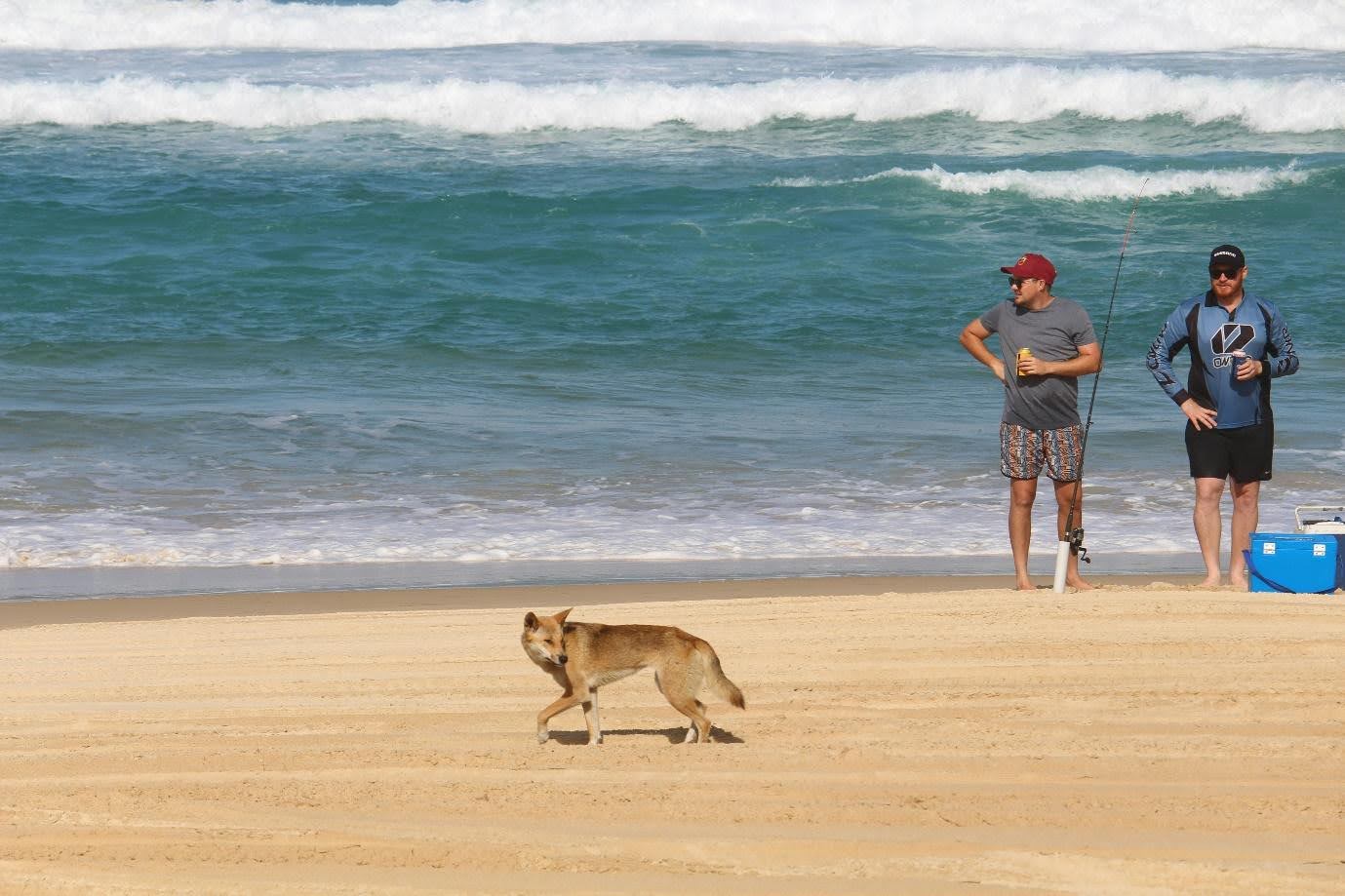Sting Flings and Beach Bites: Australia’s Beach Assassins
Australia’s captivating beaches offer breathtaking beauty and are also home to some unique creatures that would probably prefer to have the beach to themselves. From cute and squishy to large and toothy, Australia is home to some of the world’s most dangerous and deadly sea creatures, which is why understanding the risks of marine life encounters is crucial for a safe and enjoyable experience in this diverse coastal ecosystem.
Sharks are found all along the Australian coastline, with advanced tracking, tagging and surveillance technologies in place to protect both the marine animals themselves as well as beachgoers. However, what about the other dangerous beach creatures?
Here are some of the lesser-known dangers of Australian beaches that you should keep your eyes open for.
Photo by Daniel Torobekov

Stonefish
Have you ever heard of the ninja of the sea? These guys are the masters of disguise, and as charming as it sounds to play hide and seek, their sting is no joke. The master of camouflage, the stonefish lives in the shallow coastal waters around Australia and the Pacific region. With such a unique physical appearance, it is easy to confuse the stonefish with being simply a straightforward rock or coral, making it easy to accidentally handle or step on. Sporting venomous spines on its back, one sting from the stonefish can lead to excruciating pain in the affected limb and can lead to life-threatening injuries.
Photo by David Clode on Unsplash

Jellyfish
Graceful and squishy, these sea creatures certainly don’t appear very scary, but looks can be deceiving. These seemingly delicate creatures can pack a powerful punch with their venomous tentacles and potent stings.
The feared box jellyfish, or “sea wasp,” can cause death within minutes if untreated. Another threat is the smaller yet equally deadly Irukandji jellyfish, causing “Irukandji syndrome” with severe symptoms like muscle cramps and difficulty breathing, even leading to a heart attack in rare cases.
If you think you’re safe on the sand, think again. Affectionately known as the bluebottle, Portuguese man-o’-war is striking blue and often found washed up on the sand. Although rarely serious, if you do accidentally step on their long stingers, you may get a nasty sting. To stay safe, swim where lifeguards are present, heed jellyfish warnings, and prioritise prevention to avoid their potent stings.
Photo by Tavis Beck on Unsplash

Cone Snails
Found in tropical waters, this tiny seashell houses small but mighty snails with highly venomous harpoons that can be triggered upon contact and can lead to paralysis or even death. Cone snail shells come in a variety of colours and patterns, so identifying potentially venomous snails can be tricky. If unsure, it is always best to leave the sea life where you found it.
Blue-Ringed Octopus
Another adorable little sea gem, this tiny and brightly coloured octopus is commonly found in rockpools. Although undoubtedly adorable and laid-back, this Aussie sea critter is extremely venomous. Their docile nature and easy accessibility in shallow pools make them a tempting creature for unsuspecting beachgoers to scoop up. However, if provoked, this tiny creature carries enough venom to paralyse or even kill humans with ease, even though the bite itself might go unnoticed until it’s too late.
Photo by Cosiela Borta on Unsplash

Crocodiles
Known for their aggression and ambush-style attacks, saltwater crocodiles can be found at many beaches in Australia’s tropical and northernmost regions. As they often lurk out of sight to most beachgoers, it is vital to observe warning signs posted in the area and never swim in areas with a known crocodile population, no matter how beautiful the beach appears.
In addition to saltwater crocodiles, freshwater crocodiles can also be found on some Australian beaches. While not as aggressive and dangerous as their saltwater counterparts, freshwater crocodiles can still pose a threat to humans. You’re more likely to cross paths with the more placid freshwater crocs than their saltwater relatives, and while they’re certainly less confrontational, it’s wise to stay vigilant.
Photo by John Simmons on Unsplash

Cassowaries
Not a marine animal, but a potentially terrifying encounter nonetheless, the Cassowary can be found along tropical coastal areas in the North of Australia. The sheer size and power of these flightless birds, along with their unpredictable, fearless, and aggressive behaviour, make these birds an unsurprising danger around tropical beaches.
Photo by Taufan D

Dingos
If the thought of giant birds and stealthy reptiles wasn’t fascinating enough, Australia is also home to the dingo. These native, wild dogs are a beautiful site along the beaches of K’gari (formerly Fraser Island) in Queensland and attract visitors year-round. Unfortunately, an increase in visitors to the island has led to more human-animal interactions, which has increased the number of bites and attacks on beachgoers.
Photo by Frankie Dixon on Unsplash

Australia’s stunning beaches are home to a wealth of unique wildlife wonders, from intriguing venomous crustaceans to majestic crocodiles. While enjoying the beauty both in the water and on land, it’s important for beachgoers to embrace awareness. To ensure a positive experience, visitors can explore and appreciate the diverse and captivating creatures that make Australia’s coasts so fascinating by staying informed, following safety guidelines, and approaching encounters with a mindful curiosity.



